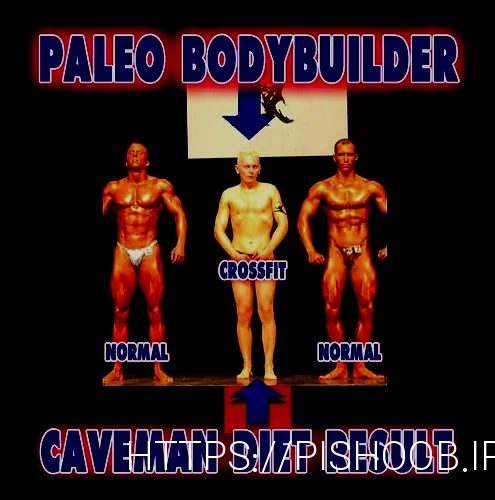Nutritional Aspects of Cattle Health
Water-soluble vitamins are those that go into solution within an aqueous environment. They are typically synthesized at adequate quantities within the rumen. However, there are some water-soluble vitamins that when supplemented can have beneficial effects. Vitamin K is involved in blood clotting and is synthesized by the rumen microbes at adequate quantities. Vitamin A, D, and E need various levels of supplementation depending on the diet fed.

The types of predominant forage plants and the growth patterns of the different plants in diverse areas of the country greatly impact the quality of the diet for grazing cattle. Many forages and feeds have specific characteristics that affect not only the diet quality but also potential negative effects; and knowledge and experience is needed to avoid health and production problems. Use of some supplemental feeds has to be limited due to adverse effects when fed at higher levels. Contaminated water with bacteria, minerals, and toxins will affect production in dairy cattle. Prepartum cows are often fed an acidogenic diet which is augmented by chlorine and sulfur. When balancing acidogenic diets, it is recommended to account for the water intake of these minerals which will help in the reduction of hypocalcemic disease.
In general, good cattle diets are developed by nutritionists and contain protein, fiber, vitamins, and cereal grains. Grain-fed beef is meat from cows that have been fed (mostly) corn and other grains. Beef producers may choose to feed their livestock grains for a number of reasons such as on-farm resources and environmental factors, as well as wanting to maintain a consistent meat supply quality. Grass-fed beef is a term used to describe meat from animals that ate a pasture-based diet. Cows raised on pastures spend a bigger part of their time eating native forages and upcycling nutrients.
Learn how to take advantage of this feed option by following safety practices. For example, when an animal has been on a limited diet and then is fed a more nutritious diet, the diet is utilized more efficiently in a compensatory manner. Nutrient requirements also differ depending on the frame score (structural size) of cattle (Tables 1-6 of Appendix 1). Water requirements for a cow–calf pair range from 12 to 20 gallons per day, whereas yearling cattle require 6 to 14 gallons per day. Carbohydrates are nutrients that are part of a plant’s structural fibers, as well as soluble sugars within the cells. They are important for digestive processes and are used as an energy source by the animal.
Following these guidelines will help ensure effective disease immunity in livestock. Supplemental vitamins can be added to the diet through a trace mineral salt mixture. HerdView® Insights data studio provides easy-to-understand reports and analytics and BCS monitoring, enabling you to make well-informed decisions regarding your herd’s nutrition. What cattle eat daily directly impacts their digestion and overall health. Biotin is another water-soluble vitamin that has experienced use in the dairy industry.
For example, cows could be separated into a high production group, medium production group, and a low production group based on milk yield. Or cows could be grouped by reproductive status so that most Check this for Doeat.top What do bears eat nonpregnant cows are grouped together. Also, it is common to have young, first-calf cows in a separate pen as older cows can be aggressive to the young cows and limit their time at the feed bunk.

Minerals are inorganic compounds that are used in moderate (macrominerals) and small (microminerals) quantities. Both vitamins and minerals are co-factors in the processing of nutrients in the body. That is, they help the animal digest, absorb, and use other nutrients. Water is another crucial part of a livestock nutrition program because it is required for every single process and reaction within the animal’s body.

A 37 Brown Swiss heifers received 2 L and 31 heifers received 4 L of good quality colostrum. In summation, the nutritional management of your beef cattle is a multifaceted endeavor that holds the key to unlocking the full potential of your herd. Through diligent attention to detail, leveraging technological tools, and a commitment to continuous learning, you can ensure your beef cattle operation’s health, productivity, and profitability. At HerdX®, we are committed to supporting you in this journey with cutting-edge technology that puts the power of data-driven decision-making at your fingertips.
Because of this, book values often contain both absolute amounts and percentages. Livestock nutrient requirements have been compiled into tables that can be used to quantify animal needs as the first step to formulating balanced rations (Appendix 1 and 2). To use the tables you must first describe the animal and level of performance desired and then find the amount of each nutrient required for that animal.
Milk proteins are divided into two classifications, whey and casein. Casein is used for the manufacture of cheese and is removed from milk leaving whey as the primary protein source in milk replacer. A major difference between whey and colostrum is that whey does not clot within the abomasum.
It is a constituent of the equation to calculate free water intake27 and is involved with DCAD. It is important in the function of the Na—K ATPase which is needed for cation transport in and out of cells. Sodium is absorbed throughout the digestive tract as is thought to be 100%.19 The requirements of Na are highly variable and is about 0.24% of the diet.19 Salt deficiency results in pica and usually takes 2–3 weeks to occur. A sign of salt deficiency is the consumption of urine by deficient cows. Salt toxicity can occur if inadequate fresh drinking water is absent, with udder edema and eventual collapse will occur. It is suggested that most cows be fed diets containing greater than 50% of the diet as forages, however, this can vary significantly depending on the inclusion of fibrous byproducts.
Diet formulation for the high producing dairy cow requires knowledge of the nutrients that are required by the mammary gland to produce milk. These nutrients include water, protein (amino acids), carbohydrates, fats, minerals, and vitamins. Understanding of their physical characteristics and their combined interactions are essential to successful dairy cattle feeding. Producing high-quality milk from healthy dairy animals starts with the nutrition and management of the calf.


